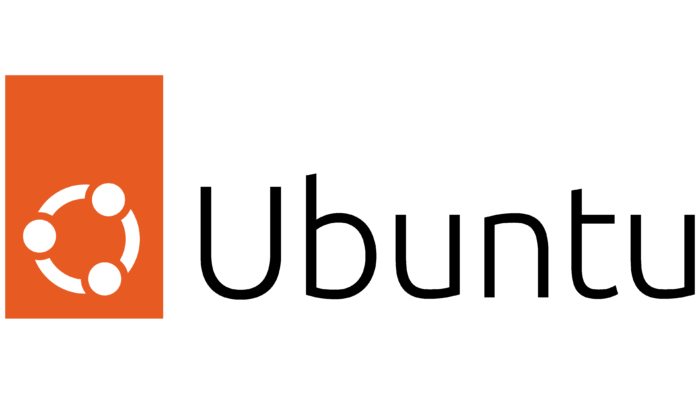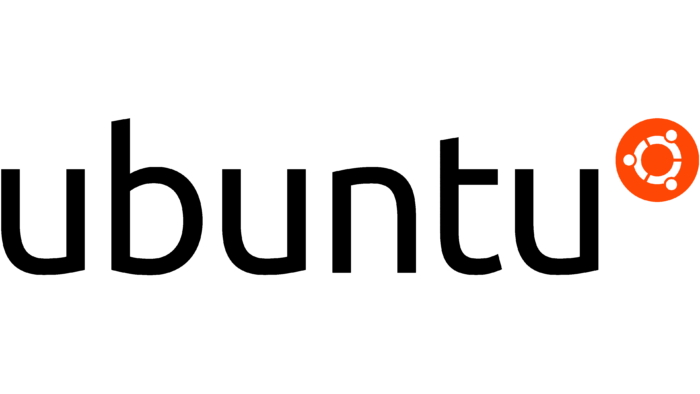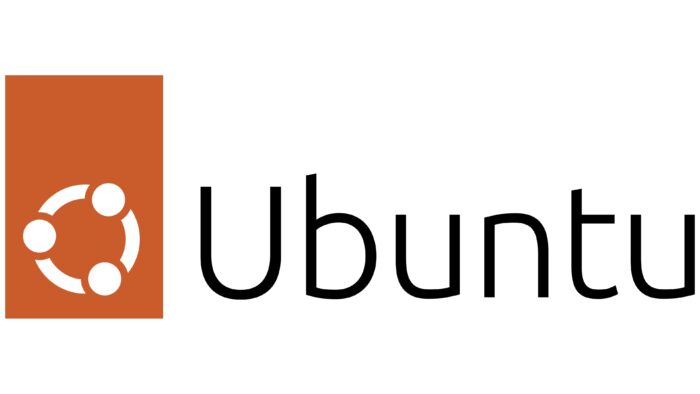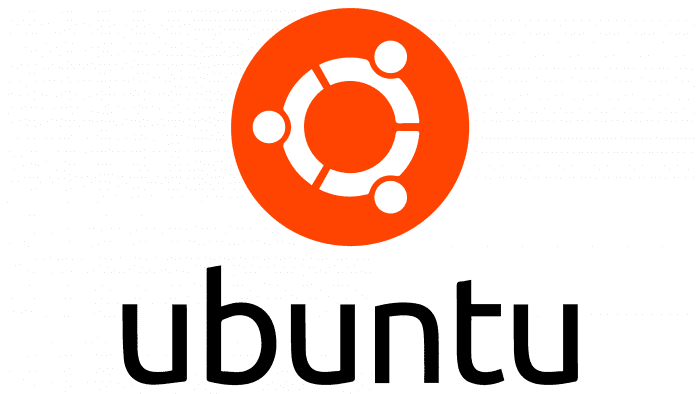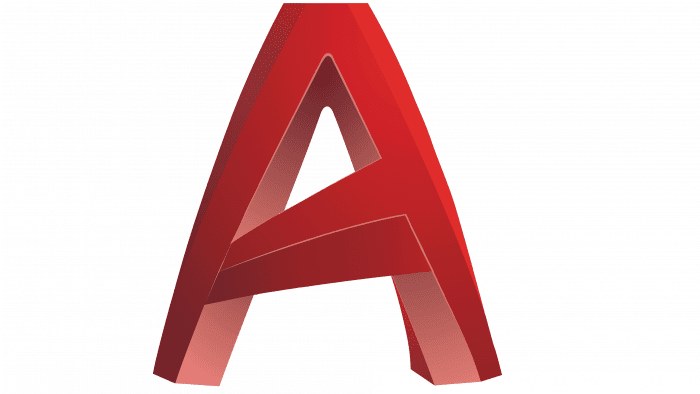The Ubuntu logo demonstrates the communication between the user and the system. Shows the connection between all programs and their correct representation on the screen. The emblem conveys a friendly OS interface that is easy to understand.
Ubuntu: Brand overview
| Founded: | 20 October 2004 |
| Founder: | Canonical Ltd. |
| Website: | ubuntu.com |
Meaning and History
The operating system logo was introduced in the year of its foundation. It is associated with a name based on the same name’s philosophy, common in South Africa. This is a humanistic ethical movement. Therefore, the word is translated as “humanity” and is considered the highest value – a relationship to other society representatives. All this is directly reflected in the official logo, which exists in two versions.
What is Ubuntu?
It is an operating system that uses the Linux kernel and contains utility programs and libraries created by The GNU Project. It is based on the Debian GNU / Linux OS. The first version of Ubuntu was developed by Canonical Ltd. in 2004.
2004 – 2010
The debut emblem was released on October 20, 2004, and symbolizes freedom, reliability, accuracy, cooperation. This variation is currently used in the Mahjongg game. The logo features three segments arranged in a circle. Each of them has a large spherical point.
Next to the stylized sign is the word “ubuntu” in black. The letters are as streamlined as possible, rounded. The characters “u” and “n” are almost identical and look like an inverted mirror image.
2010 – today
In 2010, the logo was revised and came out at the same time as Lucid Lynx. It consists of the same elements as the previous version, but with some changes. Now the title is made in the center, and the graphic sign is reduced and is located at the top behind the word. The font has become clearer and stricter, the letters have vertical strokes, and on the contrary, the “t” has half of the horizontal line cut off.
The logo has an encrypted meaning. Each segment and point in the circle is a stylized image of three people who joined hands and formed a round dance.
In both versions, the text portion contains lowercase letters. The typeface is an individual. The color scheme is bright: the debut logo uses yellow, red, and orange; the current uses a rich orange.
2022 – today
The new Ubuntu logo was created by the same person who created the previous version: Marcus Haslam, one of the leading employees of the British company Canonical. After the redesign, the name of the Linux-based operating system was on the right. The font looks the same as before; only the first “U” is capitalized. As for the Circle of Friends, in the form of a ring of three arcuate lines with dots, it has been moved to the left side. And now, this element is not in the center of the orange circle but the lower half of the vertical rectangle. The quadrangular shape is more dynamic and complex, and in combination with the ring, it creates a contrast of geometric shapes.
The symbolism of the emblem has not changed. Abstract people holding hands represent the name of the operating system. After all, the word “ubuntu” means the South African ideology, which is based on the principles of mutual respect, humanity, openness, and love for others.
Ubuntu: Interesting Facts
Ubuntu is a free computer operating system that many use instead of Windows or MacOS. It was created in 2004 by Mark Shuttleworth and his company. Ubuntu is special because it’s easy for anyone to use and made by a big group of people who want to help each other.
- What’s in a Name?: “Ubuntu” is an African word that means being kind and working together. This idea is a big part of how Ubuntu is made and shared.
- New Versions Often: Ubuntu gets updated every six months, so you always get new and improved stuff. They also have a special version supported for five years every two years, which is great for businesses or anyone who wants something stable.
- Different Styles: If you don’t like how Ubuntu looks, other versions look and feel different.
- Ready to Go: After installing Ubuntu, you will have everything you need to start using your computer, like browsing the web and making documents. You can also easily find and install other programs for free.
- For Everyone: Ubuntu is available in many languages and is easy for people with disabilities.
- Keeping Safe: Ubuntu is built to be secure and protect your privacy, with a firewall and regular updates to prevent computer viruses.
- Cloud Storage: Ubuntu One is a service that lets you save your files online and access them from anywhere. It’s very secure and private.
- Helpful Community: A large group of people use Ubuntu and help make it better. They also help each other out with problems and questions.
- Not Just for Desktops: Ubuntu is also used on big computer servers and cloud computing. It’s popular for websites and online services.
- Learning and Schools: Ubuntu has a special version just for schools that includes tools and programs for teaching and learning.
Ubuntu is all about making a computer system easy for anyone to use, helping each other, and sharing. It’s great for all kinds of things, from using it at home to running big servers on the Internet.
Font and Colors
The Ubuntu wordmark font was custom designed. The designers created rounded sans-serif glyphs and tried to make them as symmetrical as possible so that each had the same line shape. The thickness of all strokes is the same. Letter spacing is balanced for maximum legibility. Until 2022, all characters were lowercase, but after minor changes, the first “U” was converted to uppercase. The name of the operating system is still black. In addition, the new logo uses the already familiar orange and white color scheme.
FAQ
What is the symbol of Ubuntu?
The symbol is a circular logo representing freedom, reliability, and collaboration. It features three stylized human figures holding hands, forming a circle, which highlights the brand’s values of community and cooperation.
In 2010, the logo was redesigned. The colors were reversed, with the white emblem in an orange circle. This modernized the logo while keeping its recognizable design. The orange represents warmth and friendliness, aligning with the brand’s inclusive spirit.
The circular design reflects Ubuntu’s mission to unite people through open-source software. The emblem shows the brand’s commitment to providing reliable, user-friendly software that promotes sharing and innovation.
What is the mascot of Ubuntu?
The mascot of Ubuntu is the Noble Numbat. This mascot was introduced to celebrate Ubuntu’s 20th.
The Noble Numbat is a fitting choice, reflecting the brand’s values of reliability and community. Numbats are small, termite-eating marsupials known for their resilience and diligence, which aligns with the stability and robustness the brand aims to provide its users.
This mascot symbolizes the brand’s dedication to creating a strong, supportive community around its open-source software, fostering user collaboration.
What does the Ubuntu logo mean?
The logo shows three white figures standing in a circle, holding hands, and looking up. This design symbolizes affection, cohesion, and humanity, the company’s core values. It is called the “circle of friends.”
The circular arrangement signifies inclusivity and the idea that everyone is welcome in the company community. It shows the seamless and continuous connection between users, developers, and contributors, emphasizing the collaborative spirit that drives the brand.
The logo represents the brand’s dedication to bringing people together through technology, promoting a sense of shared purpose and mutual support.
Is Ubuntu a platform?
Yes, the company can be considered a platform. It is an operating system based on Debian GNU/Linux software and serves as a complete environment for users and developers.
The brand provides a user-friendly interface and many applications as an operating system. It is known for its stability, security, and ease of use, making it popular for personal and professional use. It supports various devices, from desktops and laptops to servers and cloud environments.
The brand is a robust platform for developers. It offers many tools and libraries for software development, allowing developers to create, test, and deploy applications efficiently. Its compatibility with a wide range of hardware and software enhances its appeal as a development platform.
Can I use the Ubuntu logo?
You cannot use the logo without permission, as the copyright holder restricts its use. To get permission, you need to apply to Canonical Ltd.
Canonical Ltd. develops and maintains Ubuntu and holds the rights to its logo. They have specific guidelines to ensure the logo is used correctly and consistently, maintaining the brand’s integrity.
To use the logo, contact Canonical Ltd. and request permission. You must explain how and where you intend to use the logo. Canonical will review your request to see if it meets their guidelines and policies.
Unauthorized use of the logo can lead to legal issues. It’s important to follow the proper channels and obtain the necessary permissions.
Is Ubuntu a Linux?
No, they are not the same thing. Linux is the kernel, the core part of an operating system that manages hardware and system resources. Ubuntu is a fully functional operating system built on the Linux kernel.
The Linux kernel provides the basic interface between hardware and software, handling tasks like memory management and hardware communication. Various distributions use the Linux kernel to create complete operating systems. Ubuntu is one of these distributions.
Ubuntu includes the Linux kernel and various software applications and tools. It offers a user-friendly interface, making it accessible for beginners and experienced users. It includes system utilities, libraries, and graphical environments, creating a full-featured operating system.
